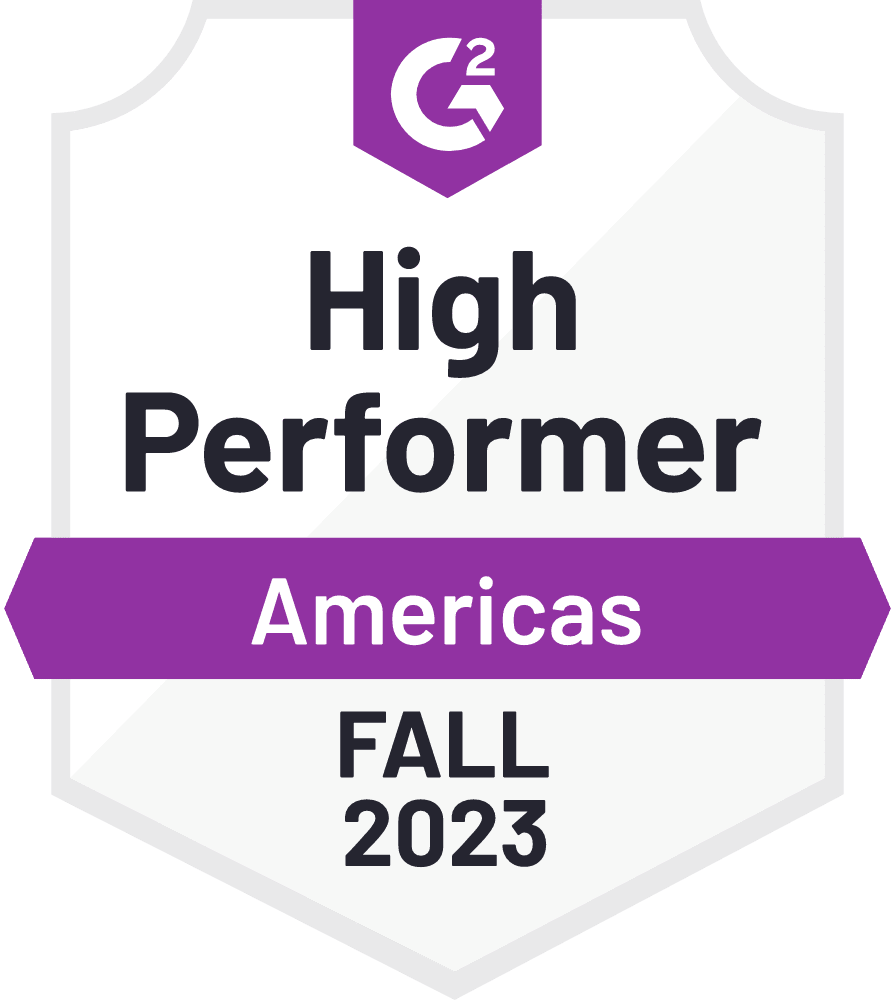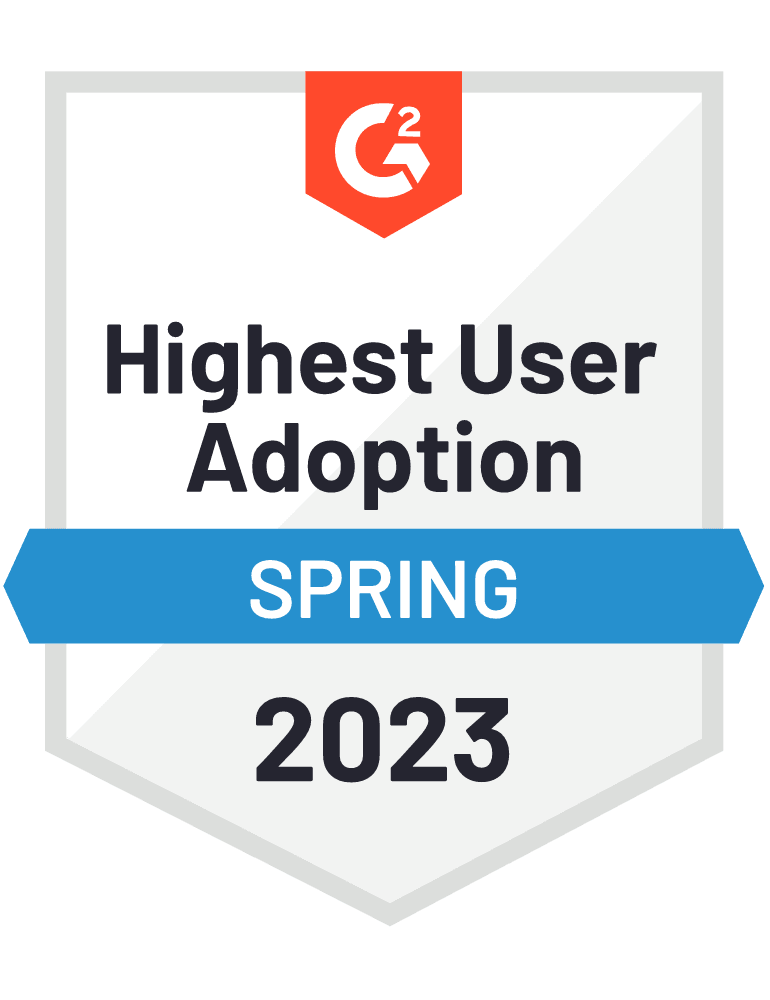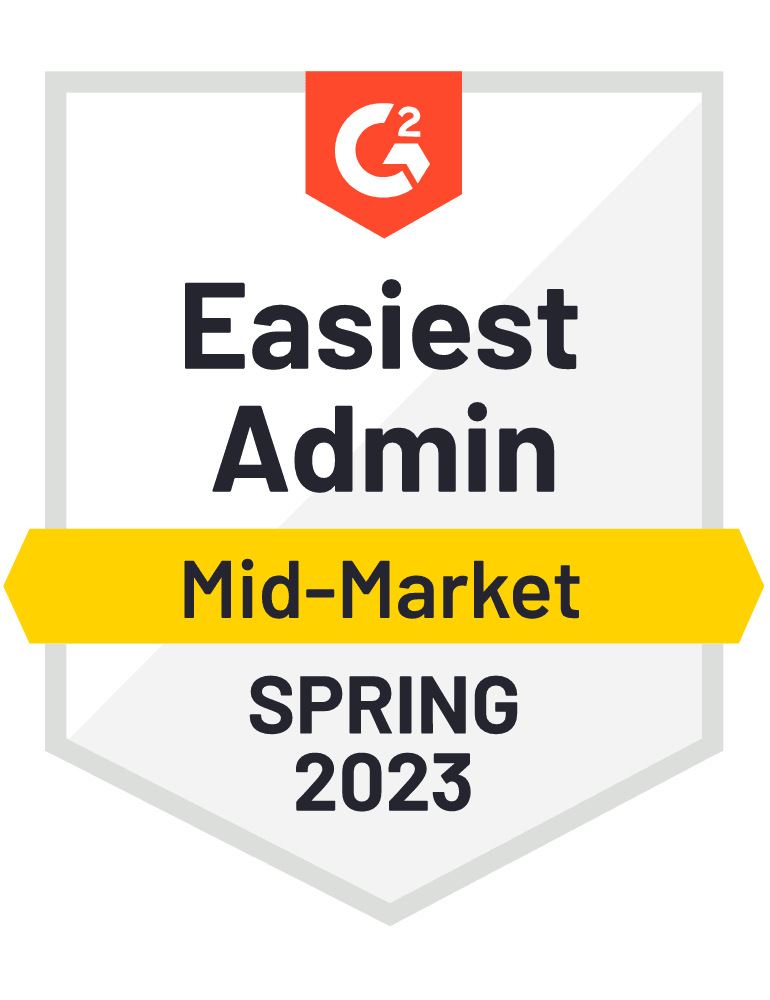We know, you’ve got a lot going on. So much, in fact, that you don’t have a ton of time to worry about what’s new in the payroll world. That’s where we come in!
Want to make sure you’re not missing important developments in the payroll scene? Never fear: we’ve got the round-up of payroll news and updates that you need to know in order to stay in the loop. This is Pay Matters – the September 2017 edition.
Read on to stay informed and stay in compliance with relevant alerts and insights that matter most for your payroll.
UPCOMING WEBINAR – KEEP ON LEARNING!
So you've just been promoted to a new manager position - congratulations! Get ready for the role with our upcoming HR webinar!
New Manager Survival Guide
Being a new manager often comes with a steep learning curve, especially when you’ve moved from peer to boss. From performance evaluations to effective check-ins and employee recognition — there’s a lot to learn! Join us as we provide a crash course on new manager best practices and how to avoid common pitfalls.
Register for this webinar over on our webinar page.
FEDERAL UPDATES
FLSA Overtime Rule Meets Its End
On August 31, the Texas District Court that had originally blocked the new FLSA overtime rule, put an official end to it.
The new rule had attempted to increase the overtime salary threshold from $23,660 per year to $47,476 per year. The current salary threshold has been in effect since 2004. Over 4 million workers were expected to be affected by the ruling and be newly eligible for overtime pay.
In September 2016, twenty-one states and numerous business groups (including the U.S. Chamber of Commerce) filed suits to halt the rule, claiming the Department of Labor (DOL) had exceeded its authority. Last week the court ruled in their favor. The DOL will not be appealing the decision, but has released a Request For information (RFI) asking for public feedback. The DOL is expected to go back to the drawing board to create a new proposed rule with a smaller increase to the threshold.
You can access the RFI and voice your opinion here.
Employers Get a Break on their Annual EEO-1
The Office of Regulatory Affairs of the Office of Management and Budget announced the suspension of requirements to report additional wage and hour data under Component 2 of Form EEO-1. This comes as a relief for employers across the country.
The revised EEO-1 form had included a section for wage and hour data by race/ethnicity and gender, creating a significant burden on employers. Employers are now advised to use the previously approved Form EEO-1 when filing their 2017 reports.
2017 EEO-1 reports are due in March of 2018.
STATE UPDATES
13-Hour “Live-In” Pay Law Challenged by New York Court Decision
On September 13, the New York State Supreme Court found that the New York Department of Labor opinion letter permitting live-in aides to be paid 13 hours for a 24-hour shift (assuming appropriate sleep and meal periods are granted) is inconsistent with the plain language of the regulation. The court’s decision suggests that non-residential aides have to be paid for all 24 hours of a live-in shift.
The defendants have appealed this decision, but it may take over a year to receive a decision on appeal. In the meantime, the law is unsettled with regard to whether third-party employers of home attendants may pay their non-residential employees 13 hours for a 24-hour shift (when appropriate sleep and meal periods are granted.)
At this point, it is unclear if the NYS DOL will continue to enforce the 13-hour workday pay practice, or will require pay for all 24 hours.
Click here to read the decision.
New York Releases New Guidance on the Paid Family Leave Law
The New York State Department of Taxation and Finance recently released new guidance on the tax implications of the newly enacted Paid Family Leave Law.
Benefit payouts to eligible employees which are to begin January 1, 2018, are considered taxable and must be included in federal gross income. Employers are not required to withhold taxes on the benefits, but can do so at the employee’s request.
Premiums are deducted from employee’s paychecks each week on an after-tax basis. Under the law, employers can deduct 0.126% of their employees’ weekly wages up to, but not to exceed, 0.126% of the statewide average weekly wage (SAWW). The SAWW to use for deductions from July 1, 2017 through June 30, 2018 is $1,305.92. This means that the maximum weekly contribution for employees earning more than $1,305.92 per week is $1.65.
Employers should report the deduction on Form W-2, Box 14 - State disability insurance taxes withheld.
For a copy of N-17-12, Notice Regarding New York State's New Paid Family Leave Program click here.
This information is for educational purposes only, and not to provide specific legal advice. This may not reflect the most recent developments in the law and may not be applicable to a particular situation or jurisdiction.










